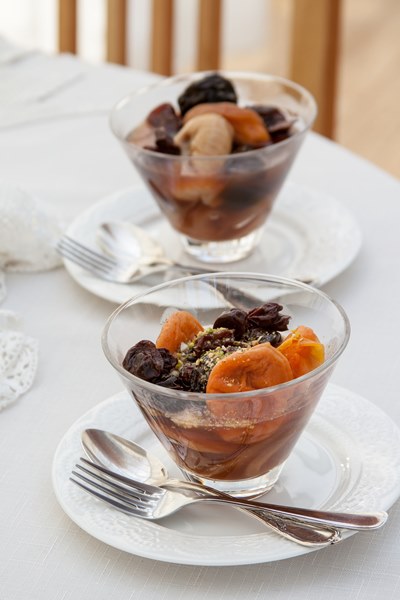Spices and Perfumes
Nothing about my masala dabba, an Indian-style spice box, looks exotic. It’s a round tin, with a double lid and several compartments, that after being moved across continents has enough dents and scratches to form a geography of its own. But it’s what’s inside that counts, and the moment the slightly battered lid is pushed ajar it becomes obvious why the roots of the words “spice” and “special” are intertwined–the perfume of coriander, nutmeg, cardamom, fennel and pepper that rushes forth is so rich and heady that it alone is enough to dispel gloom on a cold winter day.

Among the aromatics inside my spice box, cardamom has a place of honor. It’s a curious spice, because unlike darker, heavier favorites like black pepper, cumin or allspice, cardamom combines the freshness of lemon peel with a peppery and metallic bite. I often crush a few green pods to flavor a cup of coffee, a batch of gingerbread or a Persian style lamb stew. Another way I enjoy cardamom is via Jo Malone Mimosa & Cardamom, a fragrance blending soft mimosa with the citrusy spice.

















Joi in Giorgio Armani Mania : Long Lost Favorite Perfume: Yes!! January 25, 2024 at 2:54am